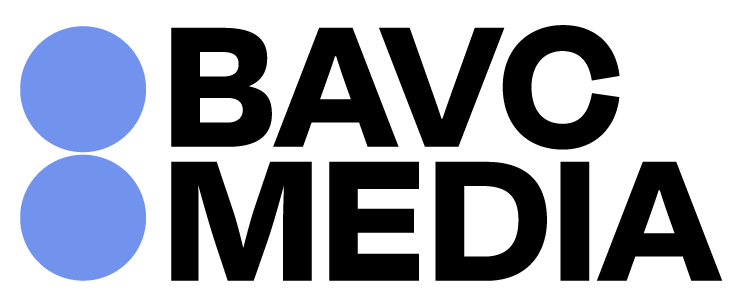DPS-575 Workshop: Understanding the device, how to use it, and creating audio terminal blocks

Are you interested in building a transfer station that can perform preservation-level digital transfers? If so, you may know that properly digitizing analog video tape requires a lot of specializes equipment. The Minimum Viable Transfer Station document maintained by Ashley Blewer (@ablwr) does a fantastic job of describing the types of equipment that you’ll need to do preservation-grade transfers. One of the more popular pieces of technology used in preservation transfers is the Leitch DPS-575. This piece of gear has tons of features that make it super super useful for preservation, and can often be found on eBay for under $200. However, despite the ubiquity of these units here are a few quirks that any aspiring preservationist should be familiar with before buying a truckload.
During this workshop Morgan Morel, BAVC Media’s Preservation Manager, will go over some of the main features and quirks of the unit, and then focus on one of the biggest hurdles to using the unit: The audio terminal blocks. Rather than having typical audio connectors like XLR or RCA, these units use audio terminal blocks. That means that in order to hook up the audio you’ll need to strip wires and customize-build your own connectors. With the correct tools and some patience anyone can do it, and we are holding this workshop to give you what you need to utilize these units in your own preservation lab!
The workshop was recorded, and is now viewable on YouTube. If you’d like to view the slides you can download them here, or you can view the embedded Google Slides below. If you’d like to follow along you’ll need the following tools:
- Leitch DPS-575 or Leitch DPS-475
- 12-Position Audio Terminal Block: (Digikey Part # ED10560-ND)
- 2.4mm Flathead Screwdriver
- Wire Strippers
- Multimeter with a Continuity Testing feature
- Soldering Iron
- Confidence!
_________________________________________
Morgan Morel is the manager of BAVC Media’s Preservation Department, where he oversees the digitization of various analog and digital tape-based audiovisual objects. He has worked closely with collection holders with varying sizes and institutional affiliations, and published a report titled A Guide to Approaching Audiovisual Digitization for Artists and Arts and Culture Organizations to help them better manage digitization initiatives. Morgan specializes in transferring ½” Open Reel video tapes, an early video format that many important works of video art, activism, and documentation are held on.
BAVC Media is proud to have offered this workshop as part of an ongoing series of web resources and AV Preservation curriculum development made possible by a generous grant from the National Endowment for the Humanities. BAVC Media would also like to thank AMIA for hosting this event as part of their AMIA 2020 Online Toolbox series





